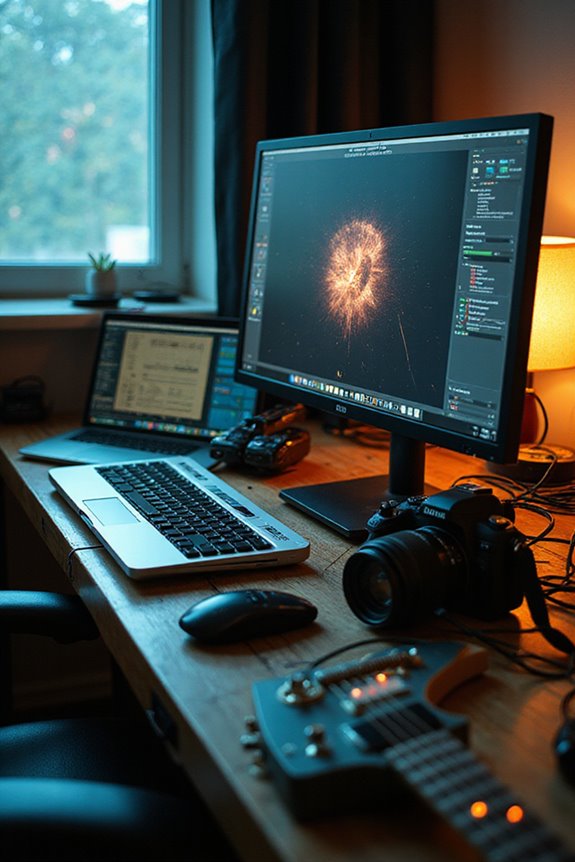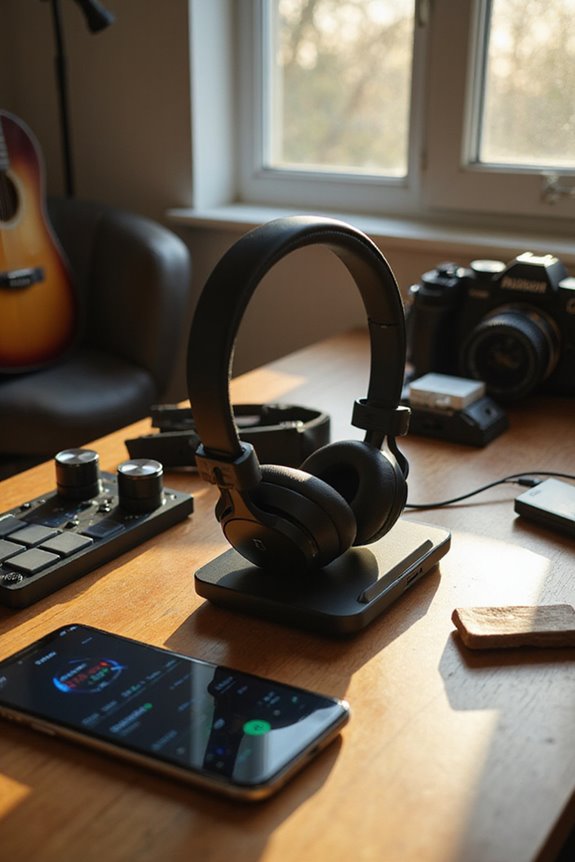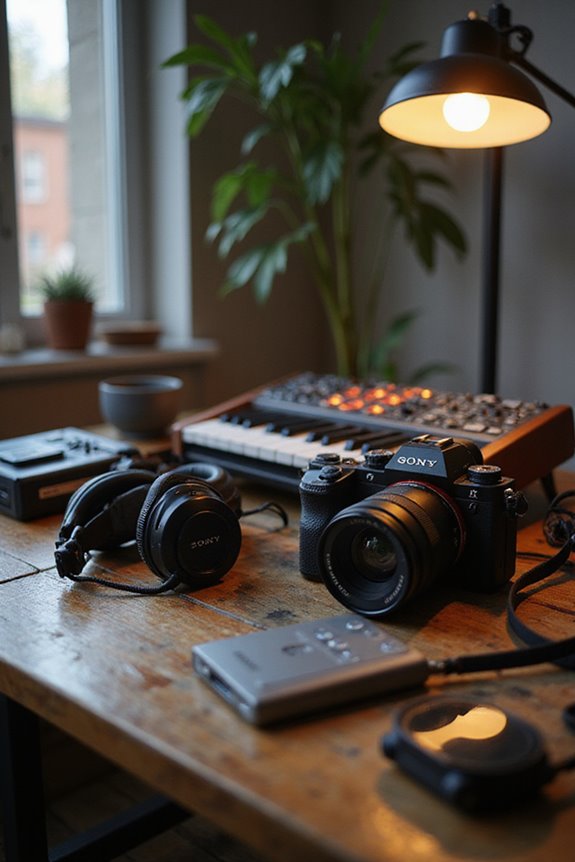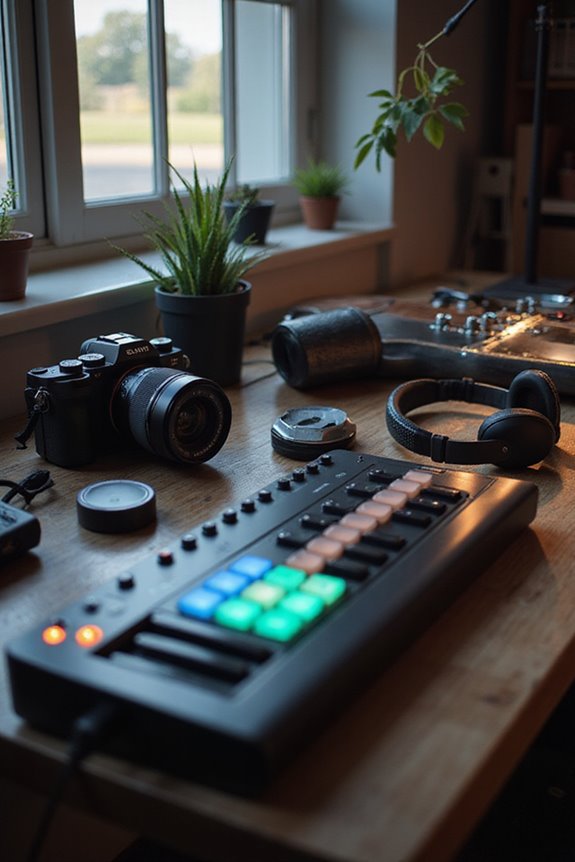To maintain our weather-sealed cameras effectively, we must regularly inspect the seal integrity to prevent moisture intrusion and dust build-up. Cleaning requires using a rocket blower and microfiber cloths for delicate surfaces. Proper storage in cool, dry conditions with silica gel packets helps mitigate humidity issues. After exposure to elements, removing the battery and letting the camera dry properly is essential. Keeping up with frequent use guarantees seals stay functional. For more tips, we can explore additional practices together.
Key Takeaways
- Regularly inspect seals for cracks and ensure all openings are securely closed to maintain weather resistance.
- Clean the camera exterior with a microfiber cloth after each use to remove dust and debris.
- Store cameras in a cool, dry environment with humidity levels between 30% to 50% to prevent moisture buildup.
- Promptly remove the lens, battery, and memory card after exposure to elements, allowing the camera to dry completely before use.
- Conduct seal integrity inspections periodically, especially after harsh conditions, using thermal imaging or pressure tests to identify potential issues.
Importance of Seal Integrity Inspection
While we’re all enthusiastic to capture stunning outdoor moments, we can’t overlook the critical role that seal integrity plays in the longevity and performance of our weather-sealed cameras. Seal testing is essential to prevent moisture intrusion, which protects internal components from water damage and condensation. Regular inspections help maintain dust and debris resistance, ensuring our cameras operate reliably.
The inspection frequency should align with usage; for instance, after harsh weather or a drop. We should prioritize thermal imaging and pressure tests to identify potential issues. By safeguarding sensor and lens functionality, we preserve not only our investment but also our ability to create breathtaking images without worrying about environmental exposures impacting performance. Additionally, understanding the waterproof ratings can provide insight into how deep your camera can safely operate in various conditions.
Proper Cleaning and Surface Care Techniques
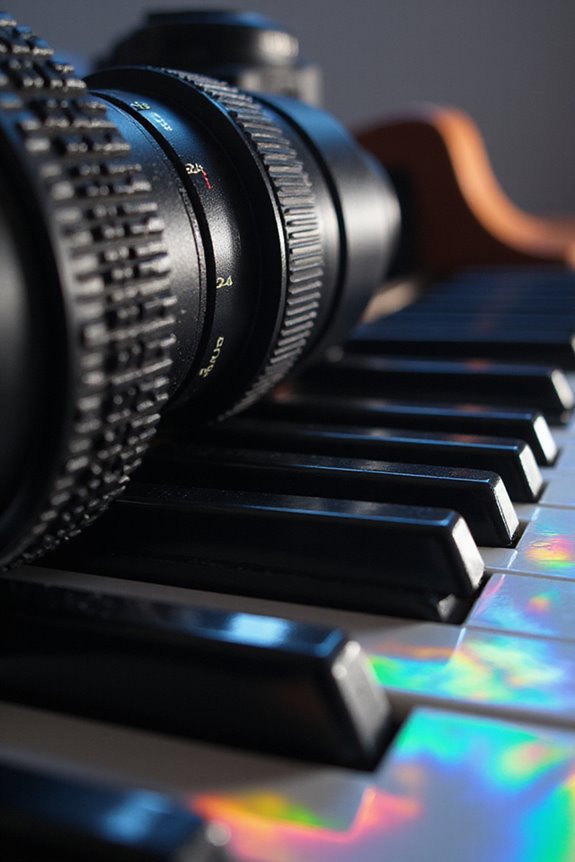
To keep our weather-sealed cameras performing at their best, mastering proper cleaning techniques is vital. First, we should gather our cleaning tools: a rocket blower and microfiber cloths. The rocket blower is perfect for dislodging dust from delicate surfaces without contact. We can use gentle circular motions with microfiber cloths to wipe the lens, ensuring we don’t scratch or damage any coatings.
After exposure to saltwater or other contaminants, a damp cloth with tap water is essential for surface protection. It’s best to avoid using shirts or rough materials, as they can wear down surfaces over time. Regular inspections and cleanings of lens mounts and body surfaces will help maintain seal integrity and prevent build-up, allowing us to capture clear, stunning images consistently.
Ideal Environmental Storage Conditions
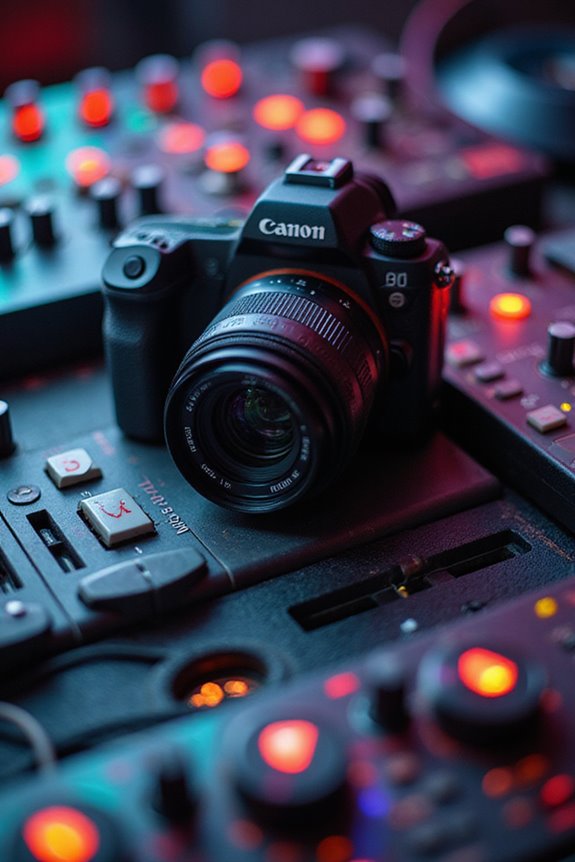
Maintaining the performance of our weather-sealed cameras doesn’t just end with proper cleaning; it also involves providing the right environmental storage conditions. To achieve temperature stability, we should store our cameras in moderately cool environments, ideally between 10°C and 25°C. This helps protect electronic components from damage due to extreme heat or sudden temperature changes, which can lead to condensation and corrosion.
Humidity control is equally essential. Keeping our storage humidity levels between 30% and 50% prevents moisture buildup that can cause mold. Using sealed bags with silica gel packets absorbs excess moisture, enhancing our gear’s longevity. Ensuring proper air circulation around our equipment also prevents stagnant air from promoting mold growth. Following these strategies will surely keep our cameras in top condition.
Handling Cameras After Exposure to Elements
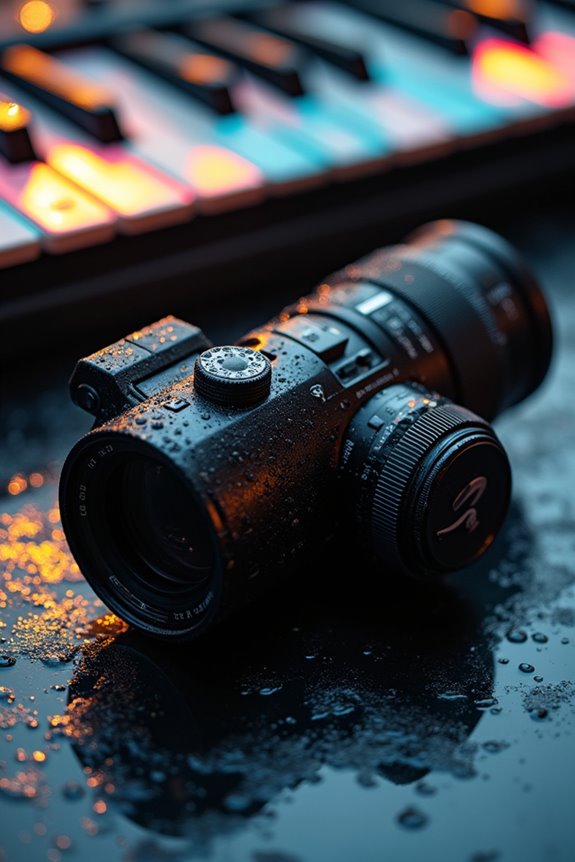
After our cameras endure exposure to the elements, it’s vital that we handle them with care to prevent lasting damage. First, we should promptly remove the lens, battery, and memory card to minimize internal risks from moisture exposure. Placing the camera face down on absorbent materials helps draw out any remaining moisture. To enhance moisture prevention, incorporating silica gel packets inside a sealed plastic bag during indoor changes is very effective. We must resist turning the camera on until it’s completely dry to avoid electrical shorts. Finally, for thorough care, seeking professional cleaning and drying services can guarantee no moisture lurks internally, protecting our gear for future photography adventures.
Regular Usage and Maintenance Practices
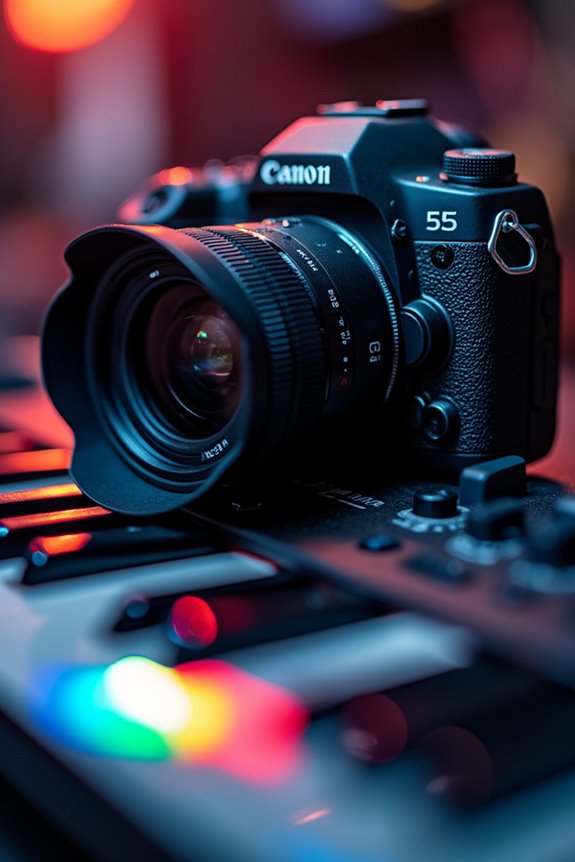
When gearing up for outdoor photography, we must prioritize regular usage and maintenance practices to protect our weather-sealed cameras. Frequent usage not only enhances our photography skills but also prevents mechanical parts and seals from becoming brittle. Before heading out, let’s inspect weather seals for any cracks and guarantee all openings are securely closed. After each shoot, we should wipe down the exterior with a microfiber cloth and avoid harsh chemicals that could damage seals. If we notice seals degrading over time, adhering to manufacturer guidelines for maintenance and mechanical maintenance is vital. Finally, keeping the camera in a stable environment when not in use will help preserve its weather resistance and functionality.
Frequently Asked Questions
How Do I Know if My Camera’s Weather Seals Are Damaged?
To assess our camera’s seals, we should perform a weather seal inspection, looking for cracks and debris. We must also check for signs of moisture detection, ensuring there’s no fogging or unexpected moisture ingress inside.
Can I Use Regular Cloths for Cleaning My Camera?
When it comes to cleaning our cameras, we shouldn’t throw caution to the wind. Regular cloths can cause scratches and streaks. Let’s stick to appropriate cleaning techniques and cloth materials designed for our lenses.
What Temperature Is Considered Safe for Camera Storage?
We should aim for ideal storage conditions between –20°C to 50°C. It’s essential to avoid temperature fluctuations that might damage our cameras, ensuring a stable environment to protect our gear from potential harm.
Are There Specific Cleaning Solutions for Different Camera Materials?
Oh, we can’t stress enough how essential it is to match our cleaning techniques with material compatibility! Different camera elements beg for specific solutions—metal, rubber, plastic—each deserves its unique, loving touch to stay pristine!
How Often Should I Have My Camera Professionally Serviced?
We recommend having our cameras professionally serviced at least once a year. This camera maintenance frequency guarantees everything’s in top shape, catching issues early and keeping our gear performing beautifully between those servicing intervals.


